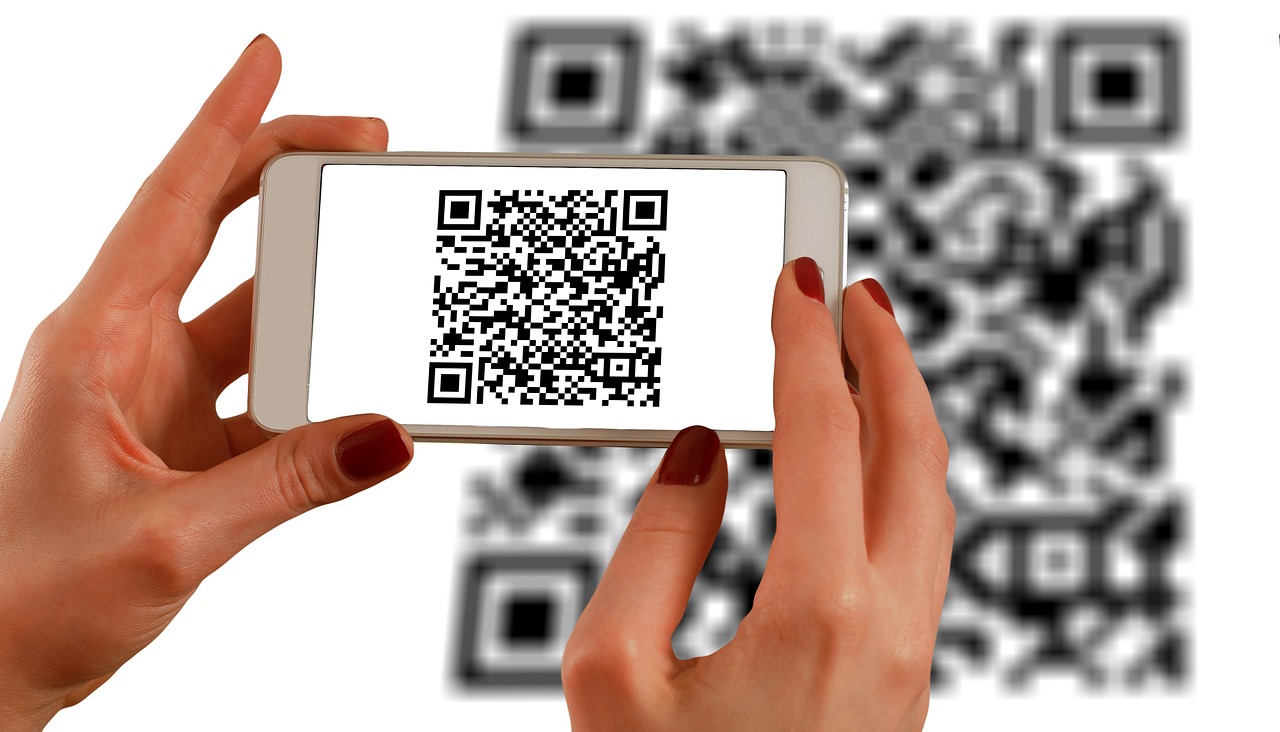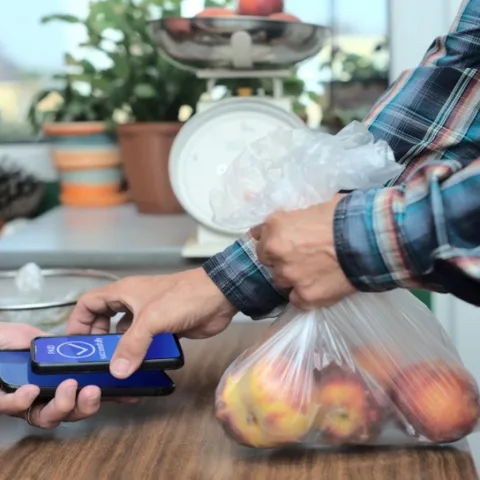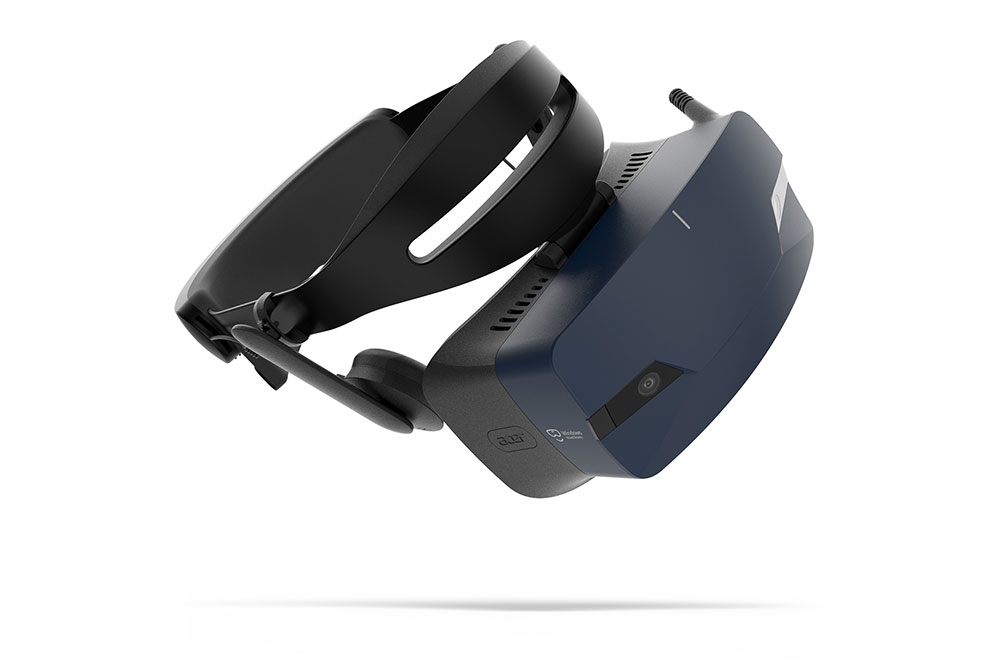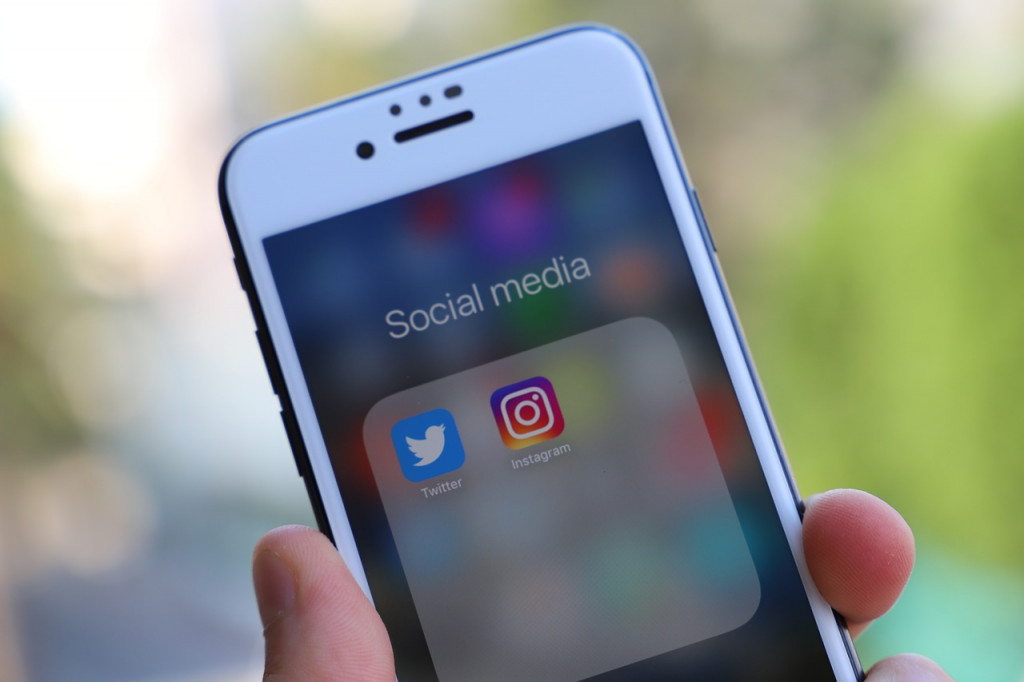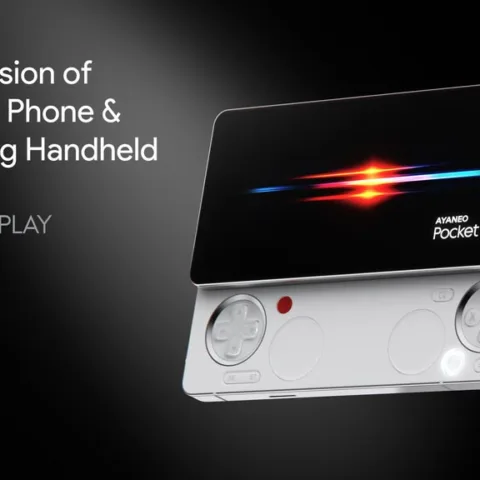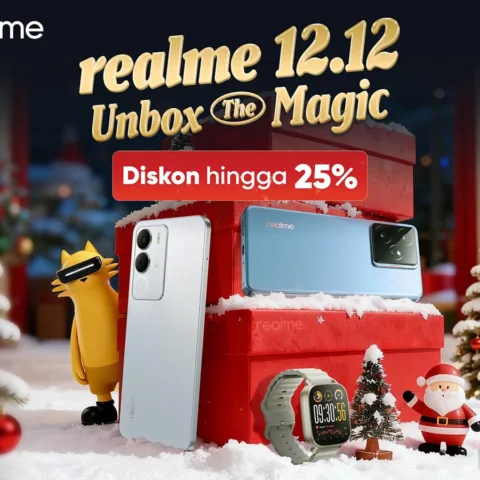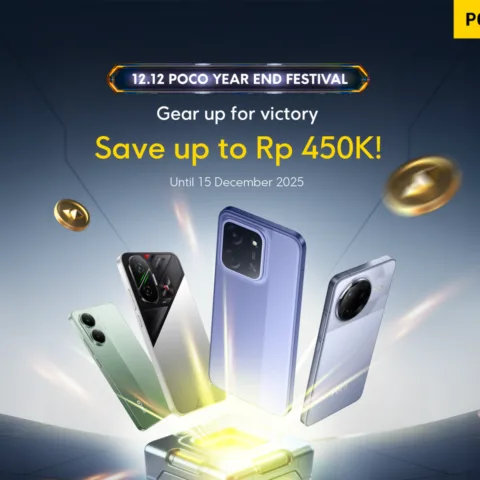During my days at Soundbuzz (in the early 2000’s), I remember that there was always a QR Code printed on the business cards of most Nokia people I met. I don’t really remember what the QR Code linked to, but even at that time, the QR Code was derided. It was ugly, and even uglier when you tried to embed it into a design. The whole experience of scanning QR Codes was arcane, time-consuming, and and many times unsuccessful.
The Kompas newspaper even tried out connecting the offline and the online (imagine that) by placing QR Codes alongside articles, which I guess didn’t pan out because they stopped doing that. Many marketing engagements utilizing QR Codes fell flat because many couldn’t scan the code — most of the time, you had to have a special app to scan. And this was before the smartphone era — nobody really thought about applications for phones (with games being the exception).
When people started using Blackberrys, you could actually add new chat contacts on BBM by scanning the QR Code (something which I think many chat apps have copied) using the camera app within BBM, but what most people didn’t know was that it could be used to scan any QR Code, including those directing to websites — it just depended on the QR Code’s content. You can basically encode any text into a QR Code, which included website addresses. And when people started using smartphones, not all had QR Code readers built-in into the camera or an app preloaded.
With all the derision the QR Code received (especially in the marketing world), the benefits were clear — it was a way to relay information (or a link to information) instantly, which could be embedded into print or digital form, and could accommodate longer text strings within a smaller space. QR Codes would build upon what barcodes couldn’t do — barcodes couldn’t store too much information (lest they become longer and longer), couldn’t use special symbols, and couldn’t be read off a phone screen.
So now QR Codes don’t seem such a pain in the ass, don’t they?
QR Codes are the cornerstone of many payment-related applications today, to the point that beggars on the streets allegedly use QR codes to accept donations. Commercial handheld scanners that use lasers, instead of lenses, to read QR Codes have taken away the notoriously sluggish code reading experience that once made them unwanted. And software for QR Code reading is so much faster now — some apps even include a toggle to turn on the flashlight on the phone to make sure lighting conditions are optimum for scanning. And as in the header picture, a lot of Wooz.in’s clients have moved towards using QR Code wristbands, which are much more budget-efficient compared to RFID wristbands, which were the previous staple of our business.
I think what happened was that when QR first came around, people started to use them for everything, while now, user experience design is so much better so that in the event QR Codes are needed, an optimal, most often closed-system, experience can be delivered. And since they’re so cost-and-space efficient, I think we’ll be seeing more industry-specific uses down the line, especially when it comes to interconnecting the physical world with the digital one.
–
This article has been republished with editing and permission from Ario Tamat. Original source is from Medium.
Ario is a co-founder of Ohdio and Wooz.in. Keep up with him on Twitter at @barijoe.

